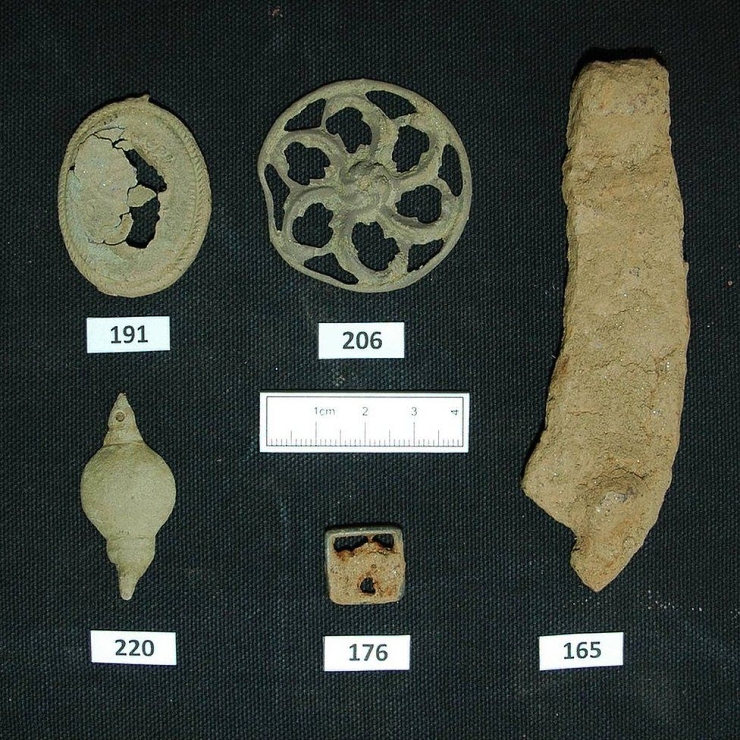Zajímavé  ... Jen ty volské podkovy, no nevím
... Jen ty volské podkovy, no nevím 
12.3.2016 Artifacts from the battle were discovered during the construction of the road
Categories: Years of war and revolution , Calendar , Nálezy nejenom s detektorem ve Velké Británii a Irsku
Artifacts from the Battle of Killiecrankie, during which the rebels were defeated by the Royal Army in 1689, were found by archaeologists during work on the A9 road. They discovered a copper pendant, horseshoes, buttons and musket ammunition.
Archaeologists excavated the artifacts during a survey between the towns of Killiecrankie and Pitagowan. Secretary of Transport Derek Mackay said at the time that the new finding opened another window into the history of Scotland.
Among the discovered artifacts was also a clasp and buttons. A memorable battle took place on July 27, 1689 between the Jacobite army under the command of John Graham of Claverhouse (1st Viscount of Dundee) and the royal army under the command of General Hugh Mackay. The Jacobites are estimated to have lost 800 men, with about 2,000 casualties among government forces. The rebels subsequently suffered defeat at Dunkeld as well.
The situation worsened in 1688, when William III took over the government. The Orange (1650-1702), although he has support as a monarch in England, encounters hard in Scotland and Ireland. Most of the local clans promise allegiance to his predecessor James II. (1633 to 1701) and the domination of another king refuse to submit. The already mentioned Jan Graham will also stand sharply against Vilém.
The found artifacts could be viewed by students from high school in Pitagowan. "Archaeologists can use their discoveries to shed more light on the battle of Killiecrankie, which took place more than three hundred years ago. We are able to offer more information about this conflict, including a possible route taken by the soldiers during the battle. Also potential riding positions, where key skirmishes and probable ways of retreat took place, "said Minister Derek Mackay.
Experts also searched for the place where the A9 road was to be widened with the help of metal detectors. "We and our research partners were happy to work on such an iconic, nationally important battlefield and play a role in improving our understanding of such an important event in Scotland's history," said Warren Bailie, project manager at GUARD Archeology.
Work began in the summer of 2015 and ended in the summer of 2017. Their goal was to widen the road.





Sources: www.bbc.com, https://epochalnisvet.cz/
The article is included in categories:



